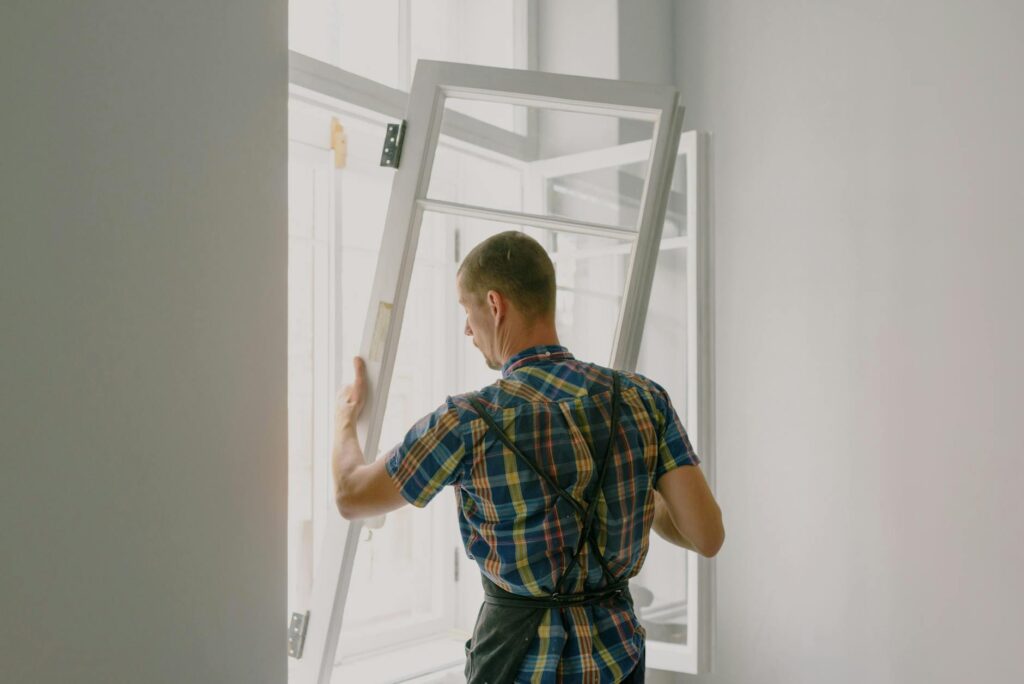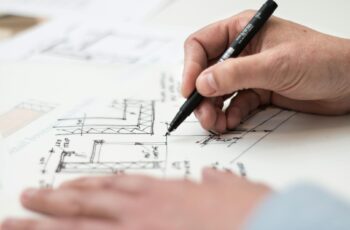The Craftsman style, a prominent American architectural movement of the early 20th century, continues to captivate homeowners with its unique blend of artistry and practicality. More than just a style, it represents a philosophy of handcrafted quality and connection to nature. Let’s delve into the defining features of this enduring design.
Key Characteristics of Craftsman Homes
Craftsman homes are easily recognizable by their low-pitched roofs, often with wide overhanging eaves. Exposed rafters and beams are common, adding to the rustic charm.  Natural materials, such as wood, stone, and brick, are frequently used, reflecting the movement’s emphasis on honest craftsmanship. The integration of the home with its surroundings is also a key element.
Natural materials, such as wood, stone, and brick, are frequently used, reflecting the movement’s emphasis on honest craftsmanship. The integration of the home with its surroundings is also a key element.
The Significance of Natural Materials
The use of natural materials is paramount in Craftsman design. Think warm wood tones, rough-hewn stone foundations, and exposed beams that showcase the natural grain and texture. [IMAGE_2_HERE] These materials contribute to the home’s inviting and comfortable atmosphere, creating a space that feels both rustic and refined. Learning more about sustainable building materials is important for modern Craftsman builds. You can find more information on sustainable building practices.
Defining Design Elements: Windows and Doors
Craftsman homes often feature large windows, allowing ample natural light to flood the interior. These windows are frequently divided into multiple panes, a stylistic detail that adds to the home’s charm. Doors are typically solid and well-crafted, often incorporating intricate detailing. [IMAGE_3_HERE] The focus is on quality and durability, reflecting the overall philosophy of the style.
The Importance of Built-in Features
Built-in features are another hallmark of the Craftsman style. Think built-in bookshelves, window seats, and cabinets – all designed to maximize space and add to the home’s functionality and character. These elements are not merely decorative; they reflect a practical approach to design and a focus on efficient use of space. [IMAGE_4_HERE] For more design ideas, check out this curated Craftsman home gallery.
Exterior Design: Porches and Landscaping
A generous porch is a staple of the Craftsman home, providing a welcoming space for relaxation and outdoor living. The porch often features tapered columns, detailed railings, and comfortable seating. Landscaping plays a significant role, too, with carefully chosen plants and landscaping that complement the home’s natural aesthetic. [IMAGE_5_HERE]
Interior Design: Fireplaces and Craftsmanship
The fireplace is often the focal point of the Craftsman living room, often featuring a large, substantial mantel and a stone or brick surround. The interior design emphasizes simple lines, natural materials, and handcrafted details, avoiding overly ornate or fussy elements. The overall effect is one of warmth, comfort, and understated elegance. You can learn more about interior design elements here: a guide to Craftsman interior design.
Modern Interpretations of the Craftsman Style
While rooted in early 20th-century design, the Craftsman style continues to inspire modern architects and homeowners. Contemporary interpretations often retain the core elements of the style while incorporating modern materials and technologies. This blend of old and new creates homes that are both timeless and relevant. [IMAGE_6_HERE]
Conclusion
The Craftsman style transcends mere aesthetics; it embodies a philosophy of thoughtful design, quality materials, and skilled craftsmanship. Its enduring appeal lies in its ability to create homes that are both beautiful and functional, inviting and comfortable. Whether you’re building a new home or renovating an existing one, consider the enduring charm and timeless appeal of the Craftsman style.
Frequently Asked Questions
What are the defining characteristics of a Craftsman home? Low-pitched roofs, wide overhanging eaves, exposed rafters and beams, natural materials, built-in features, and a connection to nature are key characteristics.
What type of landscaping complements a Craftsman home? Landscaping that complements the home’s natural aesthetic, such as native plants and low-maintenance landscaping is ideal.
Are Craftsman homes energy-efficient? Many Craftsman design elements, such as the use of natural materials and thoughtful placement of windows, can contribute to energy efficiency. Modern interpretations often incorporate energy-efficient technologies.
How much does it cost to build a Craftsman style home? The cost varies greatly depending on location, size, and materials used, but generally expect a higher cost due to the focus on high-quality materials and craftsmanship.

